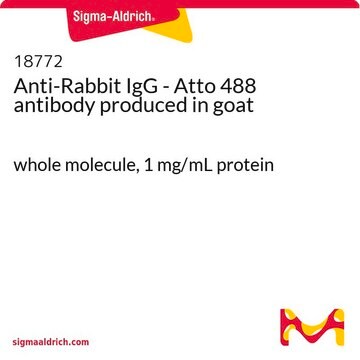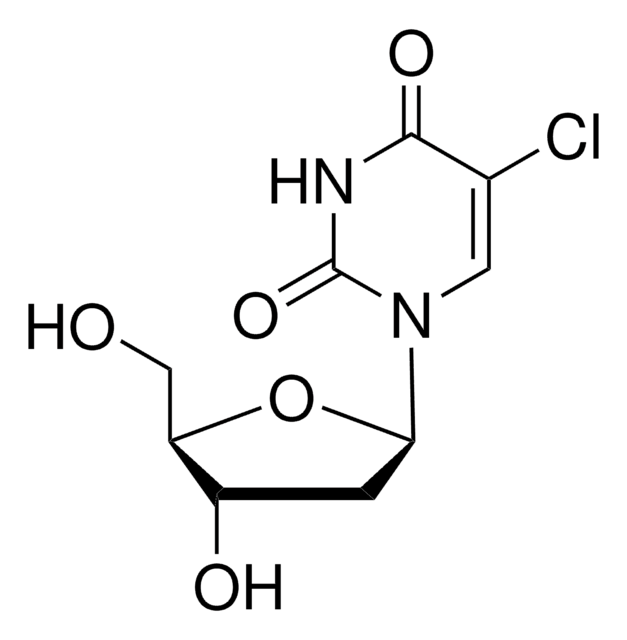AB1784P
Anti-Dopamine D1A Receptor Antibody, 4th Extracellular Domain
Chemicon®, from rabbit
About This Item
Recommended Products
biological source
rabbit
Quality Level
antibody form
affinity purified immunoglobulin
antibody product type
primary antibodies
clone
polyclonal
purified by
affinity chromatography
species reactivity
rat
manufacturer/tradename
Chemicon®
technique(s)
ELISA: suitable
immunohistochemistry: suitable
western blot: suitable
NCBI accession no.
UniProt accession no.
shipped in
dry ice
target post-translational modification
unmodified
Gene Information
human ... DRD1(1812)
Specificity
Immunogen
Application
Western blot: 1-10 μg/mL (Chemiluminescence technique). An antibody made to this peptide has been shown to detect 2 proteins of 50 and 75 kDa in solubilized hippocampal membranes. The 75 kDa band was not visible in striatum (Huang, 1992; O′Connel, 1995). Approximately 100-400 μg of protein/lane should be loaded to visualize the 75 kDa band (Huang, 1992; O′Connel, 1995) that is present in relatively small amounts.
ELISA: 0.5-1.0 μg/mL using 1 μg/mL of control peptide per well.
The immunogen peptide is available (Cat. No. AG266) for use in ELISA or antibody blocking studies. AG266 is not recommended for use as a western blot positive control.
Optimal working dilutions must be determined by end user.
Neuroscience
Neurotransmitters & Receptors
Physical form
Storage and Stability
Analysis Note
POSITIVE CONTROL: rat striatal membranes (western blot)
Other Notes
Legal Information
Disclaimer
Not finding the right product?
Try our Product Selector Tool.
Storage Class Code
10 - Combustible liquids
WGK
WGK 2
Flash Point(F)
Not applicable
Flash Point(C)
Not applicable
Certificates of Analysis (COA)
Search for Certificates of Analysis (COA) by entering the products Lot/Batch Number. Lot and Batch Numbers can be found on a product’s label following the words ‘Lot’ or ‘Batch’.
Already Own This Product?
Find documentation for the products that you have recently purchased in the Document Library.
Our team of scientists has experience in all areas of research including Life Science, Material Science, Chemical Synthesis, Chromatography, Analytical and many others.
Contact Technical Service








